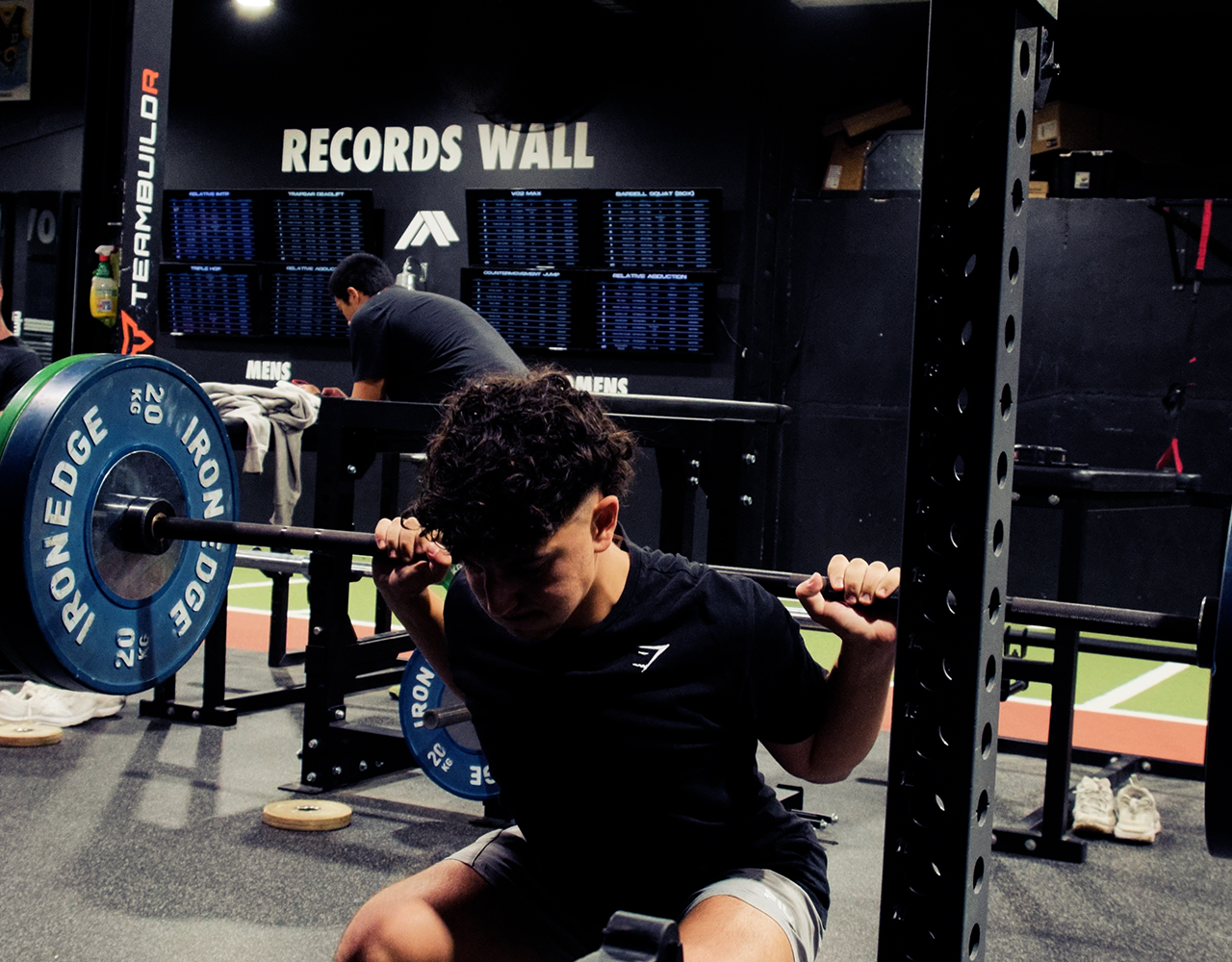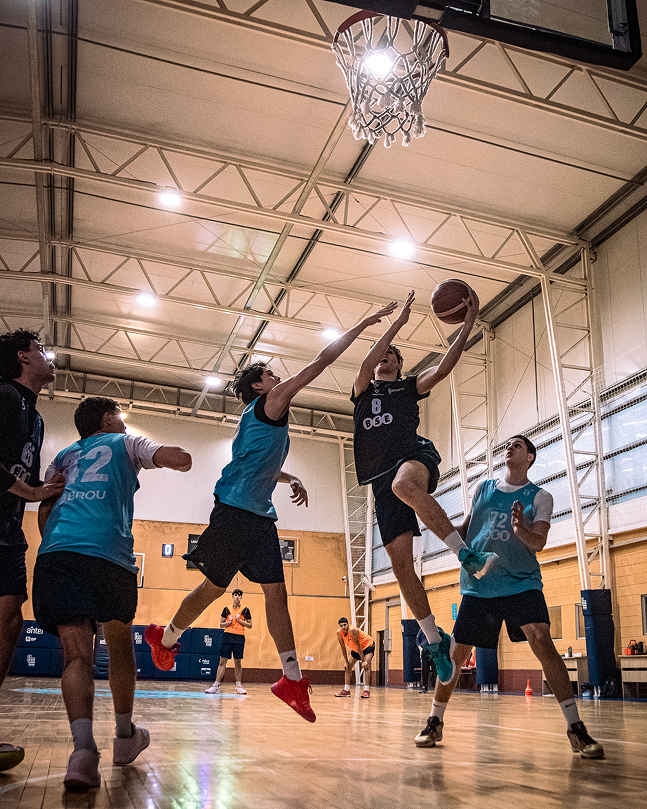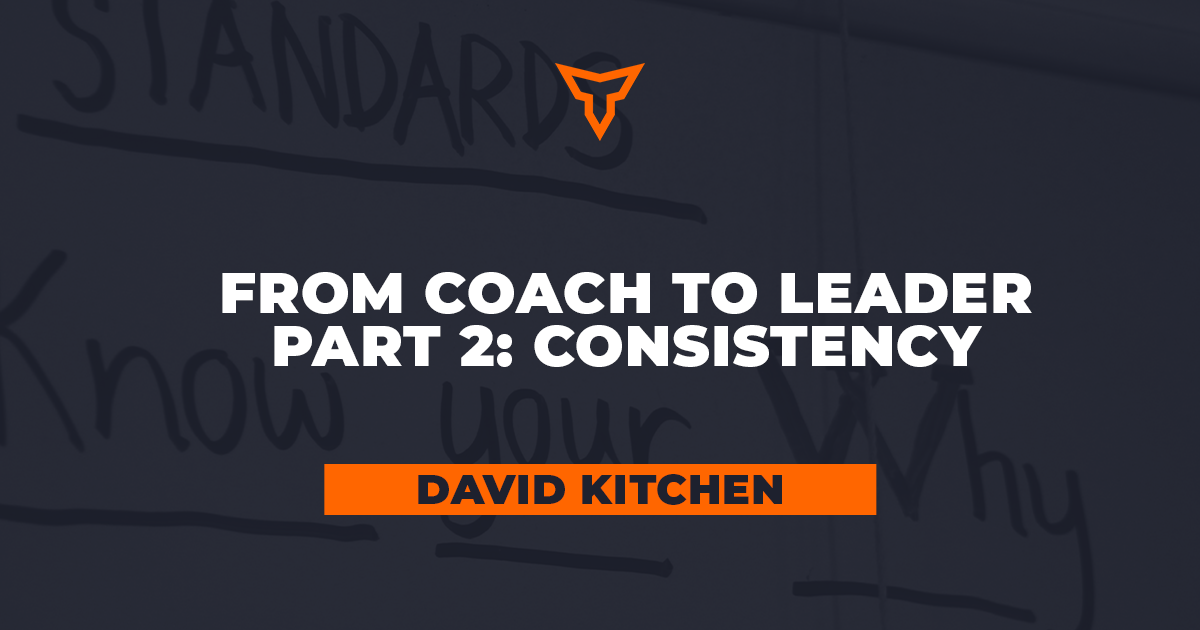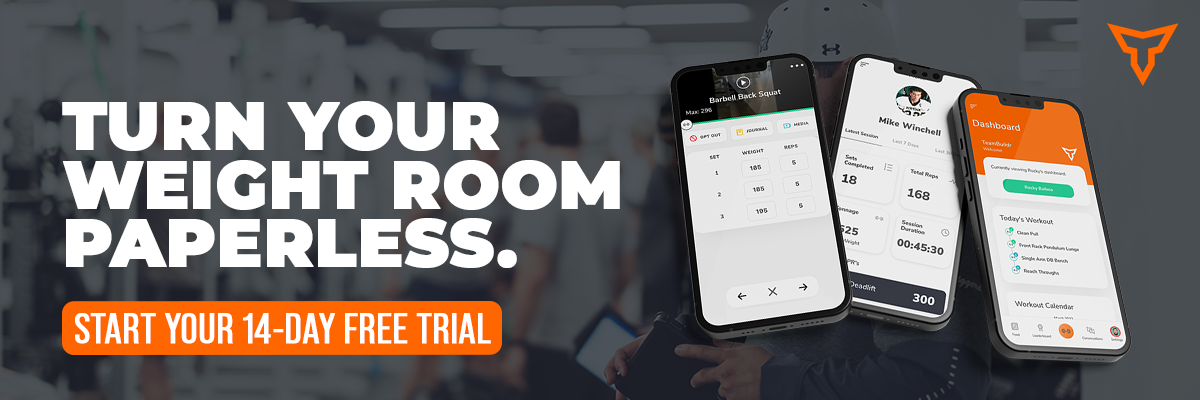Understanding The Different Learning Styles of Athletes
Let me know if this sounds familiar. It is the first day of a new training program, and you are all too excited for the session to begin. The athletes come in and a few minutes later warm-ups are starting. At the end of the warm-up everyone is sweating, breathing heavy, their bodies and joints are warm, and you are ready for everyone to jump into the exercises that is supposed to happen right after warm-ups. The group gets together for their motivation and break down, and then...nothing. The group is simply standing there, some people are looking to you to figure out what to do next. Others are talking to their friends. Others are just standing there not knowing what to do.
I’ve been in that situation far too many times than I wanted to admit. You see, every single time I am, or one of our coaches, are in that situation it’s because we have forgotten a simple idea. We have forgotten that we teach people in the same way we prefer to learn. What I mean by this is the classic example of athletes saying that they are visual learners, so they would demonstrate everything for the athletes to see it first and then attempt it themselves. Great, no problems there. As I said, the problem is not just that we teach in the same style which we have learned but not realizing that the particular style that works for us is not always the best way that works for everyone.
Here is where coaching a large group (for me that means 30 or more people) is different than a small group. If you are anything like me, it might be one coach per 30 or more athletes which means you have to leverage the law of averages. TO make the most of the time you have to figure out what is going to work for the greatest amount of people, plan for that, and then adjust for the ones that need it. I’m not just talking about what exercises you need to program, but I’m talking about how to teach people. Don’t kid yourself, coaching is teaching and teaching is coaching. Sure the classroom might be different. Some are noisier, some are quieter. Some play music, some don’t. Some have chalk, some don’t. The environment in the weight room or classroom isn’t the most important thing, making sure the athletes are learning what you are teaching is. That’s what we really want, right? We want our athletes to be doing the right thing, at the right time, with the right technique without a coach watching over them.
That’s why we need to understand the way that athletes learn. If we don’t then it feels like we are stuck in a time loop, teaching the same things over and over and over and over and over and over. While we can agree that everyone is different and unique there are certain similarities that coaches can leverage in order to teach athletes. These athletes might be male or female, rich or poor, play football or tennis. It doesn’t matter who they are, the majority of people learn in similar ways. This is the law of averages at its finest. Whoever said “Don’t count your chickens before they hatch” did not understand this law. I’m no farmer, but I do understand that if we have 100 eggs there is an average number of eggs we can expect to hatch and plan for it. What I’m going to share with you is what I’ve learned about how the athletes I’ve worked with learn. This is based on the averages starting with the most common to the least common, and while we are not working with exactly the same people, I would expect their learning styles be very similar.
The Mimic
Can you tell me a team sport that isn’t dependent on the vision of each athlete? It’s really difficult, I know. Sure I came up with powerlifting, weightlifting, some track events, but I couldn’t come up with any team sports. There might be some examples that I missed, and I hope that someone will let me know what sports those are because it must be truly inspiring to watch these athletes play without the use of their eyes and I want to have the privilege to watch them play. For everyone else, their sports demand them to use their eyes to see the problems in front of them and use their body to provide the solution. So now, it would be reasonable to expect athletes to be very dependent and skilled at using what they see as the foundation of how they learn? Of course it is.
There is nothing inherently wrong with people that need to visually see what they need to do before they do it, but it can’t be the only learning style they need to be proficient at. This is what I mean. How long is a time out? Depending on the sport, you have about 1 minute. So think of your players, they come over to the head coach at a time out and the coach makes an adjustment. If these players can only learn by seeing, then that coach needs to at least draw everything out for that athlete. At the most, they need to have other players run through the adjustment so the visual learners pick up on what needs to happen. Is all of that possible in a minute? Do a point, it sure is. That is where we as strength coaches come into play. In the weight room or during a running session we cannot demonstrate everything all the time. Sometimes we simply have to tell someone how they need to move. Let’s get these athletes a rep on improving their ability to hear information and make it happen in a low-risk environment first before they have to take a rep at this during the game.
The Translator
This type of athlete is a difficult one to reach. On the outside, these people look like they are doing everything right. They look like they are listening intently, and are even giving you positive feedback like nodding their heads. Then when it’s time, instead of taking action these people turn to their friend and ask them, “So, what do I need to do?”
This is enough to drive the most patient and understanding coach, crazy. I’ve seen this first hand. We had an athlete who was a really good player but we never found a good way for that person to learn from us. We would draw things out for them. We would walk through ideas for them. We would take extra time to explain ideas to them. Then they would ask a teammate what they needed to do. It got so bad that their head coach walked out of practice in frustration.
Now, I’m not saying that walking out on these people is a good tactic but it creates a spark of desire for that athlete to change. I don’t understand why there are people like this, but I’ve found them in every team and in every role, from starter to benchwarmer, I’ve worked with. I use to think it was an intelligence issue at the heart of the matter. On the surface it makes sense, right? But I’ve seen 4.0 GPA students utterly confused about what to do after a timeout and needed their teammate, a 1.2 GPA student, to explain it again as they are walking away from the sideline. I still haven’t figured out what causes the need for this athlete to have a translator, relying the coaches instructions to them in their own language, but I have found a way to reach this group.
It’s devilishly simple since I play on one of the most basic human needs, the need to look important to their team. Of all the interesting personal and team dynamics that occur within any given sports team, one of the most powerful is that of appearing important to the team. The people that are the most important have an increased social status and reap all the benefits of that status, so it makes sense that people want to be in that role. So I give it to them, but there's a catch. There’s always a catch.
The situation starts innocently enough, “Hey, I’m short staffed today and there is a bunch of new things to go over. Do you think you can help me out and teach this exercise to that group?” What a simple approach. When the athlete says yes, it forces them into a higher state of thinking and learning. It forces that person to listen intently, because if I have to correct what they just taught, well how is that going to make them look. Now I’m not asking them to teach a highly specific skill like a power clean, but I give them a simple bodyweight exercise to teach to a handful of people. Let the athletes experience that and soon they will start making the connection and being able to pick things up faster and faster.
The Conscientious Objector
This type of learner puts you behind the eight ball right away for whatever reason. It might be that you look like a football coach and the athletes aren't. It might be that their high school coach might have been the greatest person in their life, and you’re not that person. It might be that what they have read, watched or listened to is different than what you are saying, doing, and teaching. It doesn’t matter what the reason why they are objecting to you and what you are teaching, but it is your responsibility to try and reach these people. They key is that you have to at least try, and I mean really try. Giving up a good night’s sleep trying to think of ways to reach these people is how you know that you are trying. You have to try, not just for the athlete you are trying to reach, but for all the other ones that are watching what you do.
Don’t kid yourself, we are running a PR campaign every day. We are selling athletes on our ability to take them where they want and need to be at in order to play at their highest level. The athletes aren’t paying us with money, they are paying us with something much more valuable. They are paying us with their time. Since we will never get that time back they want to make sure that they are spending it with someone that is going to give them the greatest return. I’m not just talking about the results that we get in the gym, but I’m talking about the greatest return on helping them develop as a person. Who else would look to show us the way for the start of self-growth other than the person who doesn’t give up on a stubborn athlete? Don’t you have a coach, teacher, or someone else that believed in you time after time even when you gave them every reason to walk away? I do. Without that person, I would not be the man I am today.
That’s why we have to try. We have to try to pay back the people that gave us a second chance. Now I’m not saying that there is an endless amount of chances, there has to be a limit. Otherwise, you will lose the rest of the people that are watching you. At some point, there has to be a choice made for the good of the team, which means that you are also making a choice that is going to negatively impact the life of the person. That's why you tried. You gave them a chance, maybe even two. Here’s how I try for them.
First thing, I ask them why. Why do you think the things that you think? Where did you get the information? Then I ask them to show me. Show me the results. Show me the studies. Show me the science. Doing this is the long game since you are going to have to help them learn how to learn. How to research an idea. How to validate an opinion. How to think on paper to figure out a problem. In using this approach, you cannot be confrontational. You have to be at least open-minded about listening to their ideas. Most of the time the athlete learns that opinions don’t always mean truth. Which can cause them some pain, but in the long run, they start to learn to change themselves by learning how to be critical in their thinking habits.
The second strategy is a little harsher. It’s an eye-opening experience, as the truth can be. I ask them one simple question, “Who taught you that your effort is acceptable? Which one of your parents/coaches/teachers taught you that?” We are going right to their heart on that question. I’m making the assumption that we all live in America and are taught similar values, like working hard and the rewards that brings. Most of the time the question shines some light on the errors in the person’s judgment, but it causes them some pain. I hate doing this because I’m not a malicious person, but I understand that without emotion the lessons are lost. Think about it for a second, can you remember a time when you were embarrassed over what you were saying or doing? What were you saying or doing? Are you still saying or doing those things today? I’m not here to argue that one way is right or wrong, but I’m just reminding you that emotions are the catalyst for change.
I’ve shown you some of the different learning styles of athletes. I wish that it was as easy of you just teaching athletes and in a blink of an eye, they are proficient and capable. But coaching isn’t like that. Coaching is hard, it’s difficult, and it’s rewarding. In coaching, we have to learn how to reach people, but not compromise on what we teach as long as it is sound. That is why we have to understand the different learning styles, not just the ones I mentioned here, to reach those athletes that others have given up on. That is how we go from just being a coach to The Coach that changed people’s lives.
Subscribe to our blog
Subscribe to receive the latest blog posts to your inbox every week.
Related posts

What is Coaching?

What The Vertical Jump Tells Us About Players


